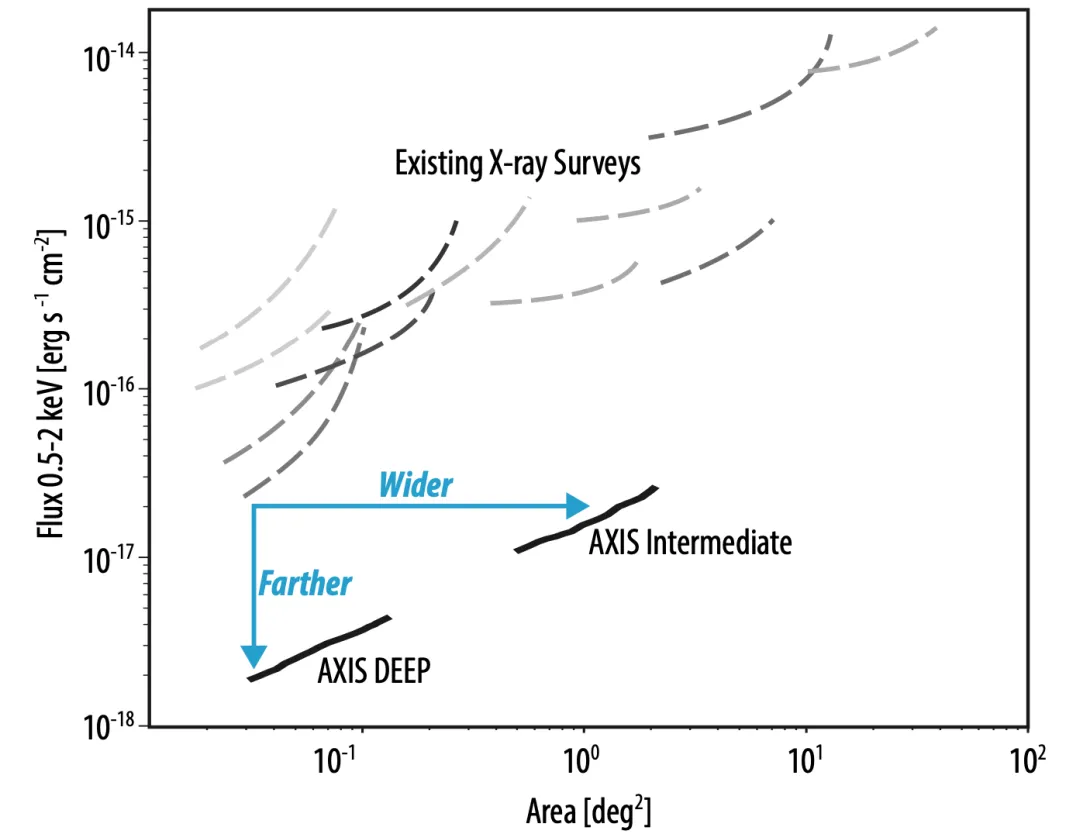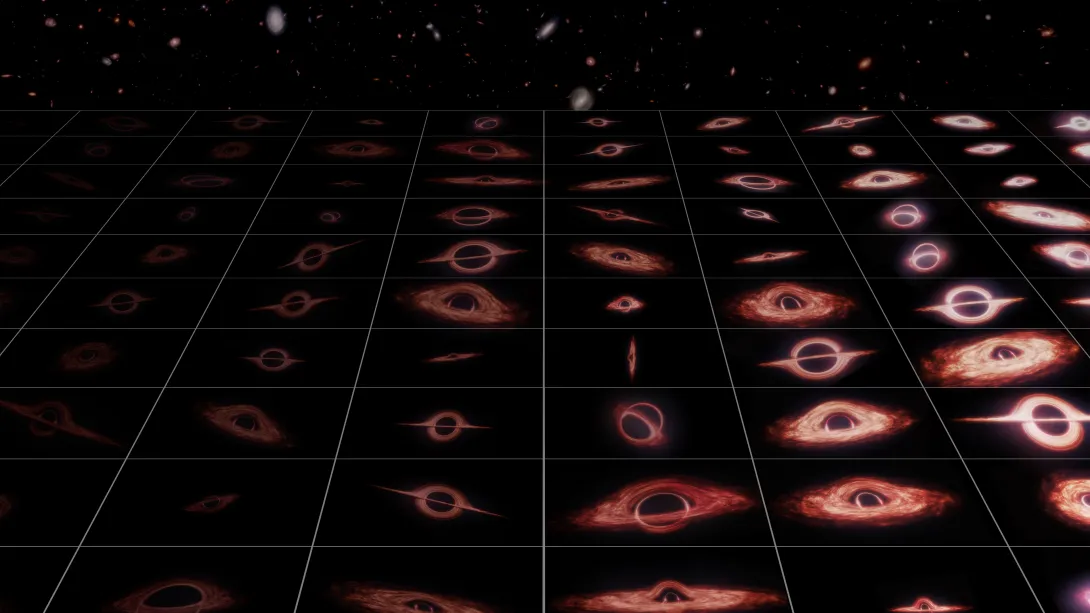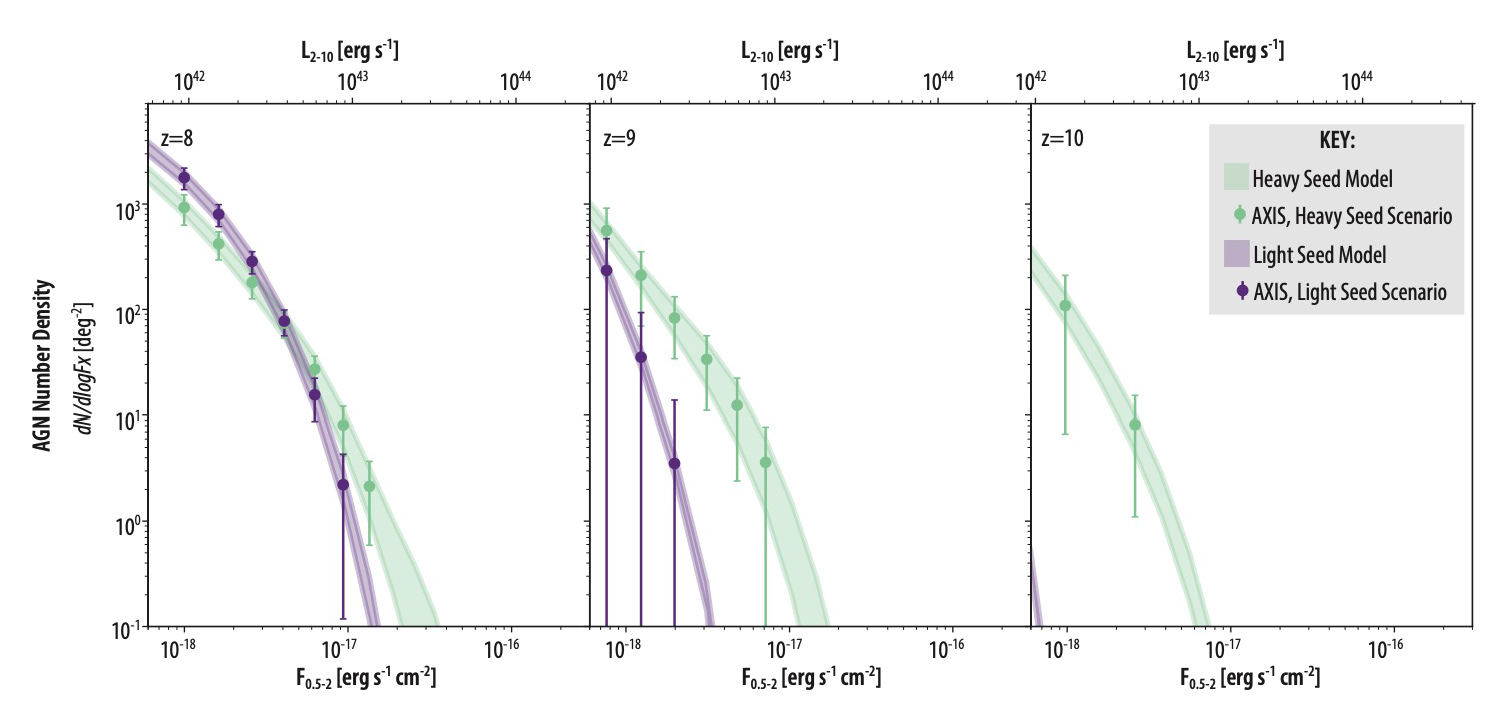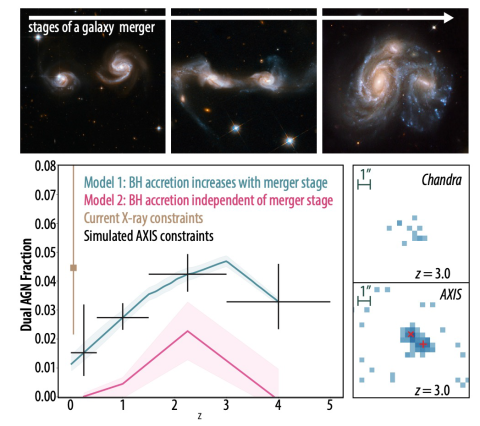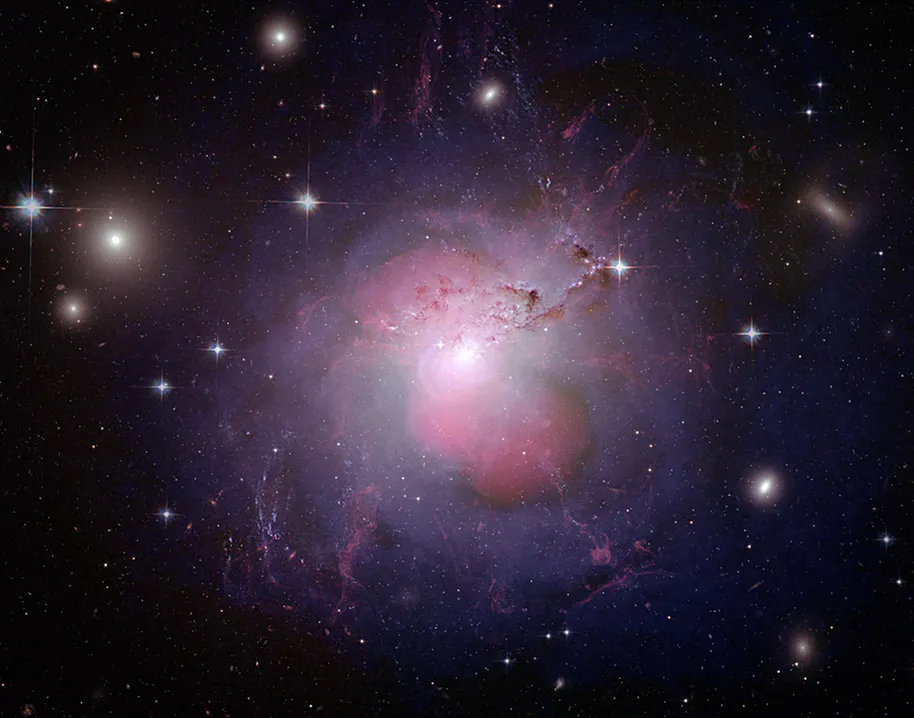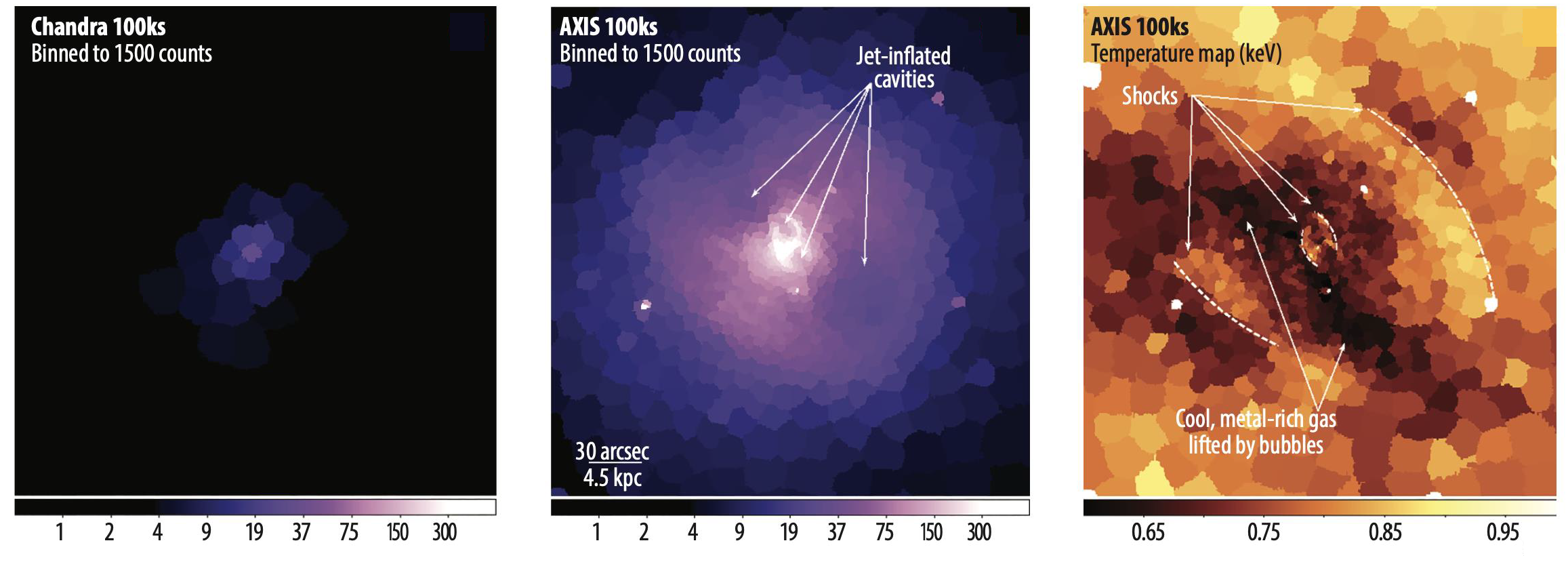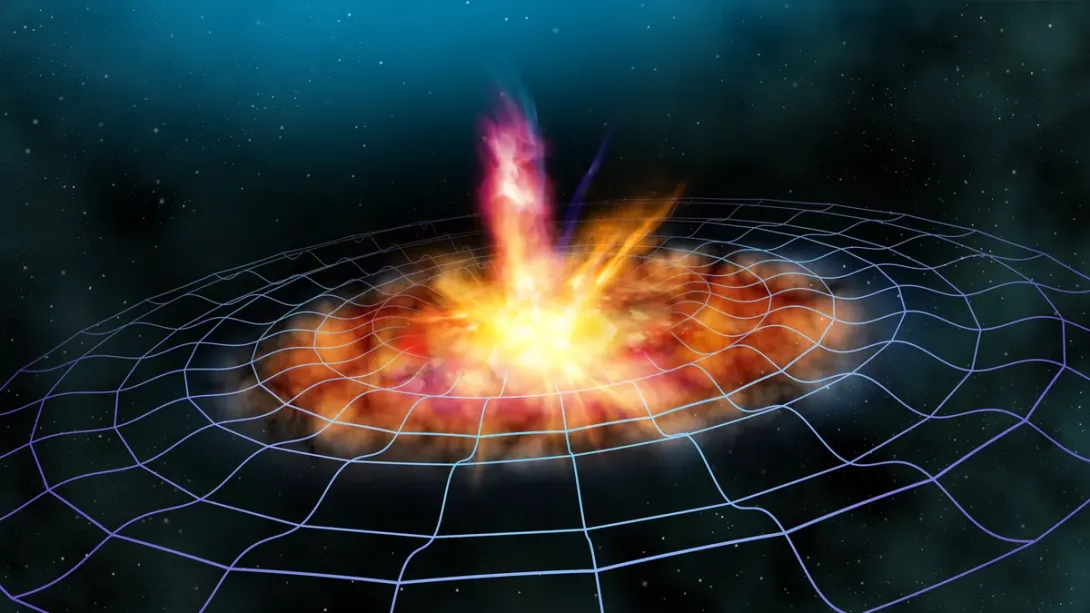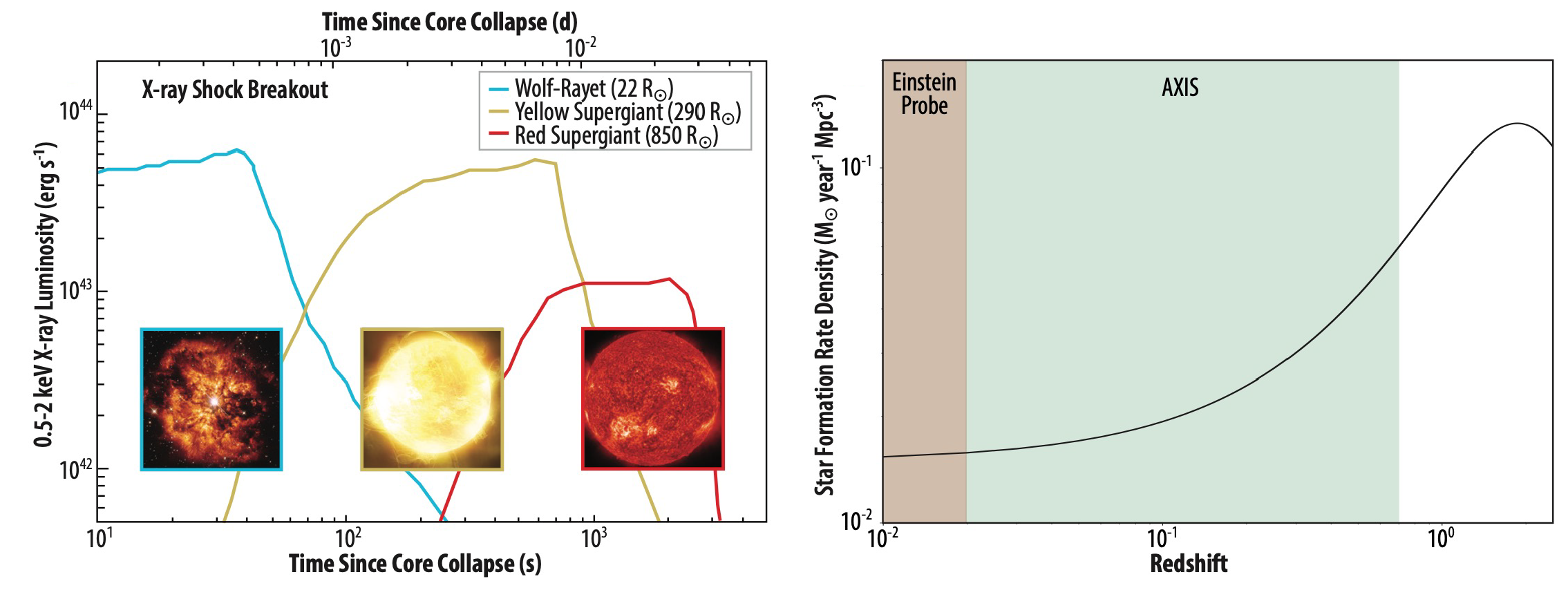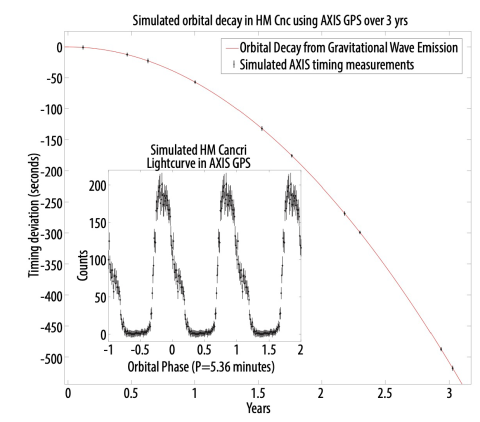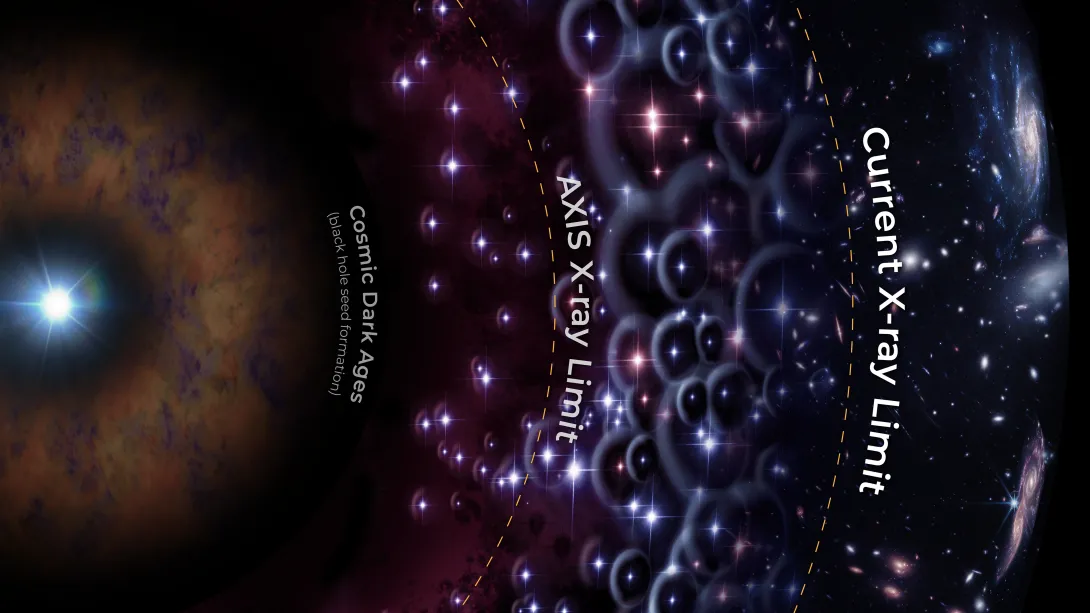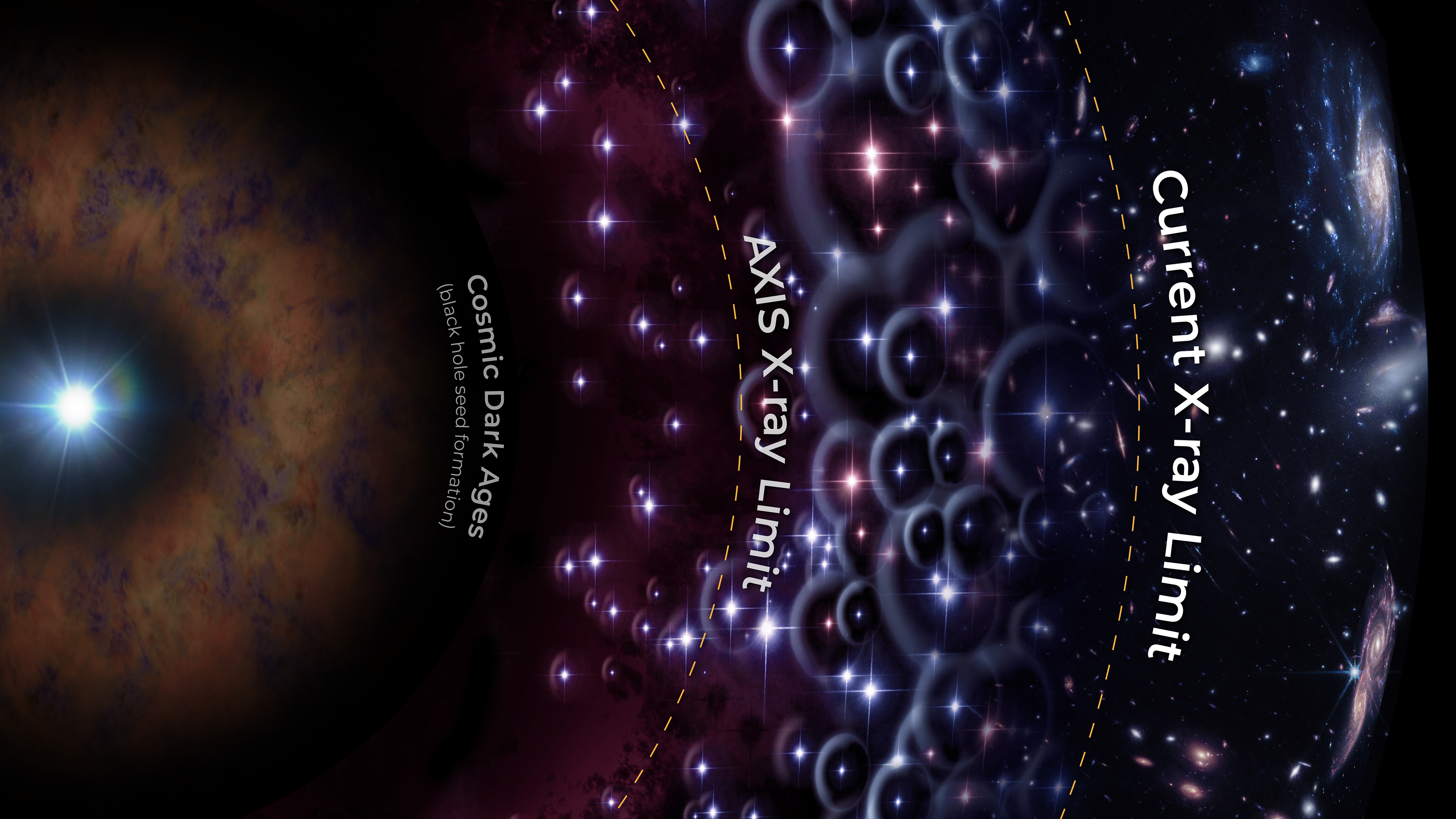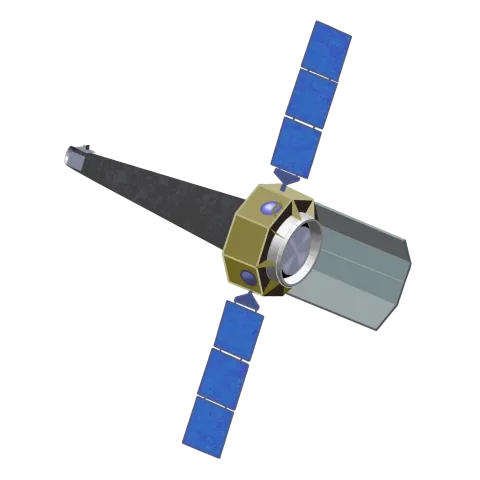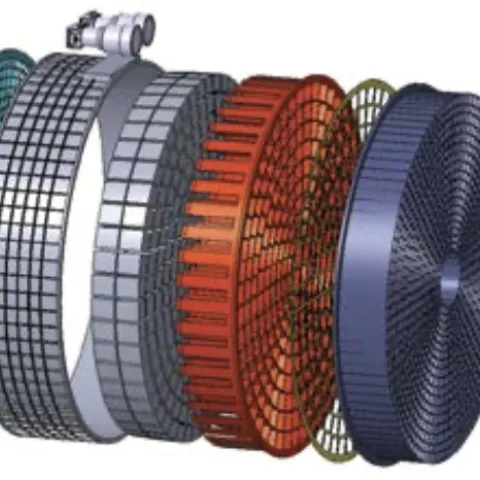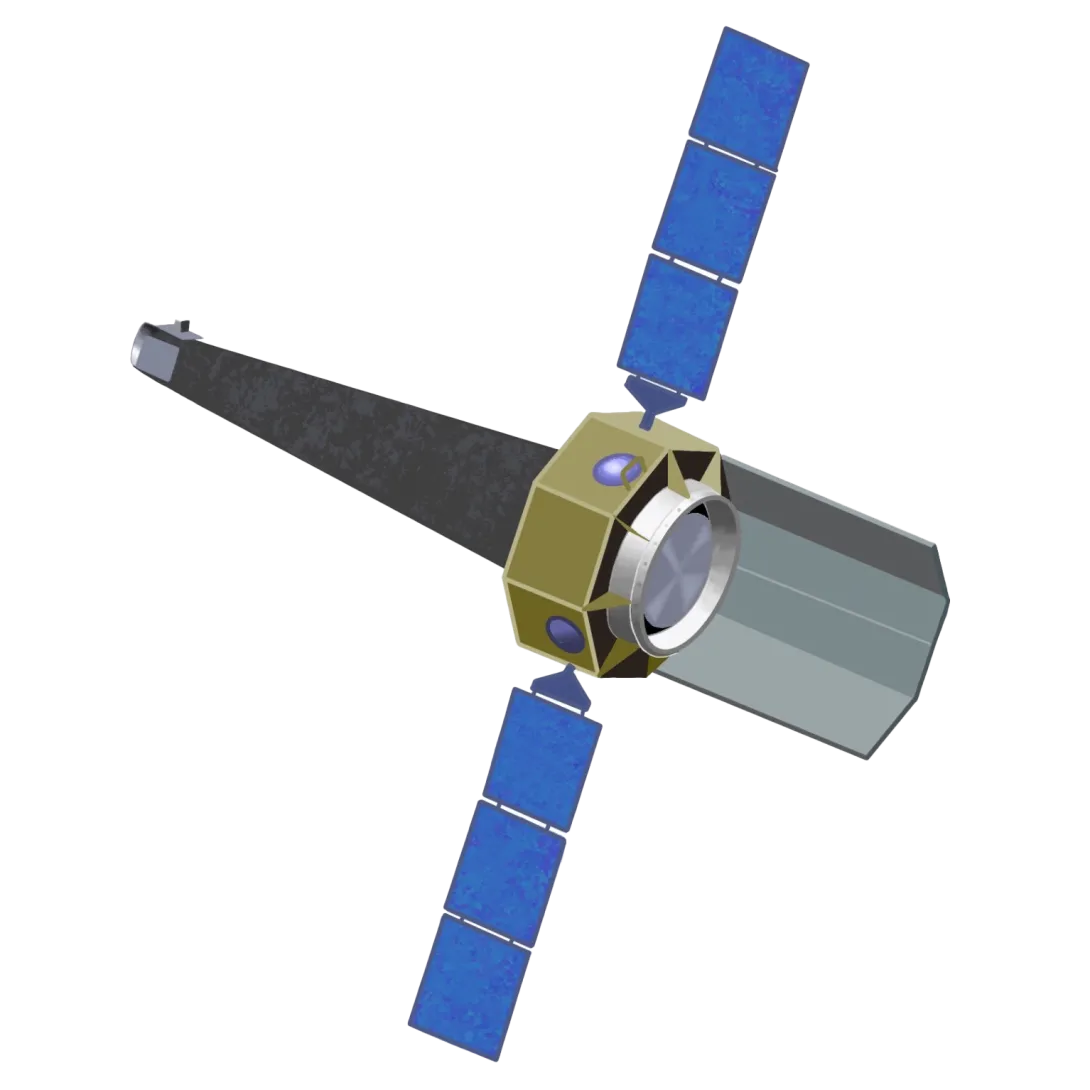
Farther, faster, wider
For Researchers
The three pillars of the AXIS Team Science Program are as follows:
- What seeds supermassive black holes and how do they grow?
- How do gas, metals, and dust flow into, through and out of galaxies?
- What powers the diversity of explosive phenomena?
AXIS is a probe for the entire community. The sensitivity and angular resolution of AXIS also enable a broad range of General Observer science, and over 70% of observing time will be set aside for Guest Observers.
AXIS Surveys
The synergy of spatial resolution, large collecting area, astrometric accuracy and low background enables AXIS to probe farther, wider and faster: unprecedented deep surveys over a wide area (1-2 orders of magnitude deeper than previous surveys) enable studies of the earlier universe to understand the assembly of supermassive black holes and their co-evolution with their host galaxies.
The AXIS Deep Extragalactic Survey (ADES) and AXIS Wide Extragalactic Survey (AWES) will complete the first volume-limited sample of active galactic nuclei (AGN) up to z=10, essential for a comprehensive view of AGN evolution from before the Epoch of Reionization to today.

